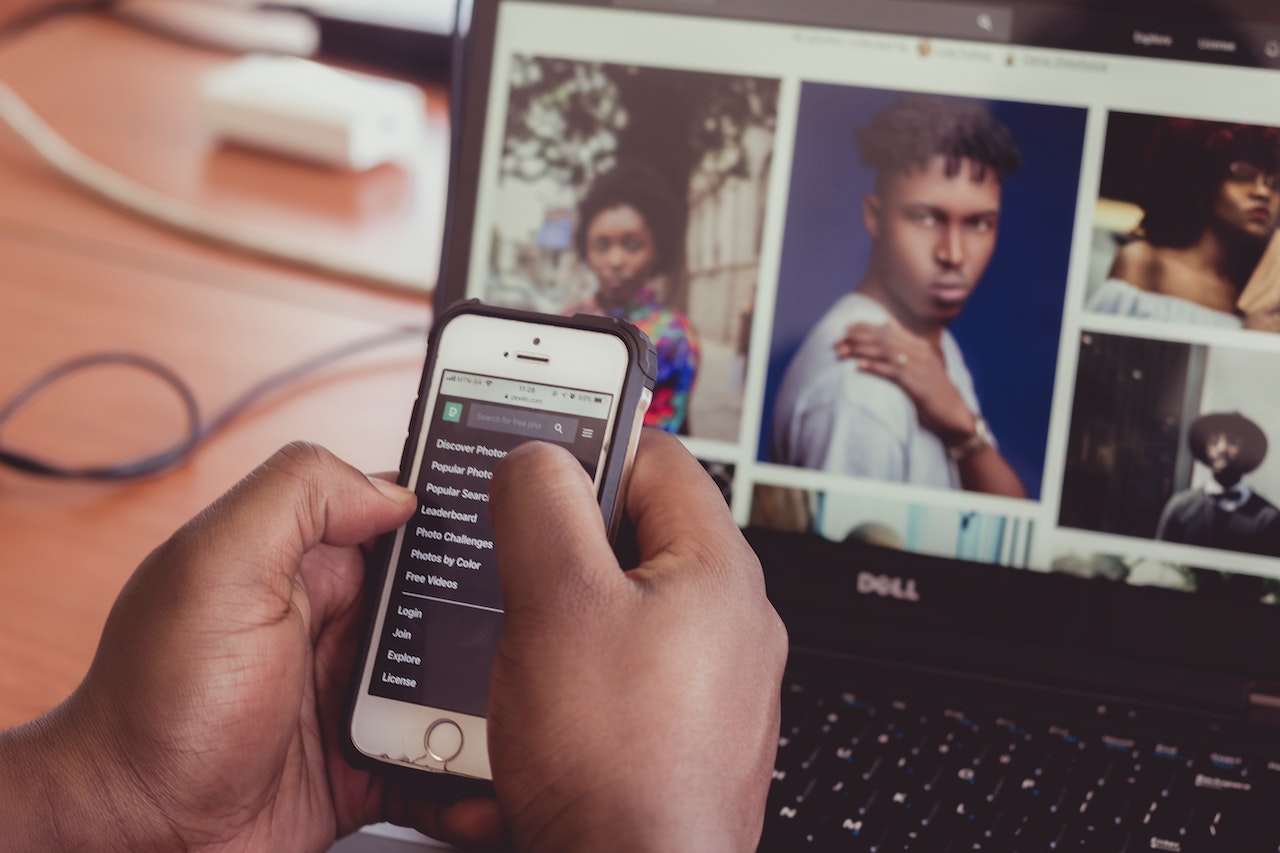Using free images can be a great way to get the content you need without spending any money. However, it is important to be aware of the potential issues that may arise when using free images. First and foremost, there is no guarantee that the image you are using isn’t infringing on copyright laws. This means if someone else owns the rights to the image, you could be sued for using it without permission. Additionally, some images may contain inappropriate content or offensive language, which can be damaging to your brand. Finally, many free images have lower quality than paid stock photos and they may not look professional enough for your purpose. All of these potential issues should be taken into consideration when deciding whether to use free images. Be sure to only use images that are appropriate, properly sourced and of high quality in order to avoid any legal or reputational issues.
It is also important to note that even if you find a free image online, you must still check the license agreement before using it as there are often restrictions on how the image can be used. In some cases, it may be necessary to provide attribution or credit to the original source of the image or even purchase a license from the copyright holder in order to use it. Therefore, it is important to check all licenses and usage agreements associated with any free images before using them in your project.
How to avoid problems when using free images?
The best way to avoid problems when using free images is to use reputable sources that provide clear information about usage rights, such as Creative Commons. It is also important to double-check the license agreement before downloading any image, and only use images that are appropriately licensed for your purpose. Be sure not to download or use any image if there are doubts about its copyright status. Additionally, be sure to avoid images that contain offensive or inappropriate content and check the image quality before using it, as free images may not be of good enough quality for certain projects. Finally, always provide attribution or credit to the original source when necessary in order to ensure legal compliance. By following these guidelines, you can successfully use free images without running into any potential legal or reputational issues.
Other types of licenses
In addition to Creative Commons, there are other types of licenses that can be used when using free images. These include public domain (PD) and GNU Free Documentation License (GFDL). Public Domain is a type of license that allows the use of images without any restrictions or conditions. However, it is important to double-check to make sure the image is truly in the public domain before using it, as some images may be mistakenly labeled as PD. The GNU Free Documentation License (GFDL) is another type of license that allows for copy and distribution of images with certain conditions, such as requiring attribution or providing a link to the original source. It is important to carefully read the license agreement associated with any image in order to ensure compliance.
By understanding the different licenses associated with free images and taking appropriate steps to avoid legal or reputational issues, you can successfully use free images for your projects. Be sure to only use reputable sources that provide clear information about usage rights, and always check license agreements before downloading any image.
Our conclusion
Overall, free images from reputable sources can provide a great resource for projects that are in need of high-quality visuals. However, it is important to ensure the image is properly sourced, licensed for your purpose and does not contain inappropriate content in order to avoid any legal or reputational issues. By taking the necessary steps to check license agreements and double-check the copyright status of any images you wish to use, you can successfully use free images without running into any problems.
In conclusion, when considering free images for a project, it is important to carefully consider your options and take the necessary steps to properly source the image and adhere to all usage requirements.





